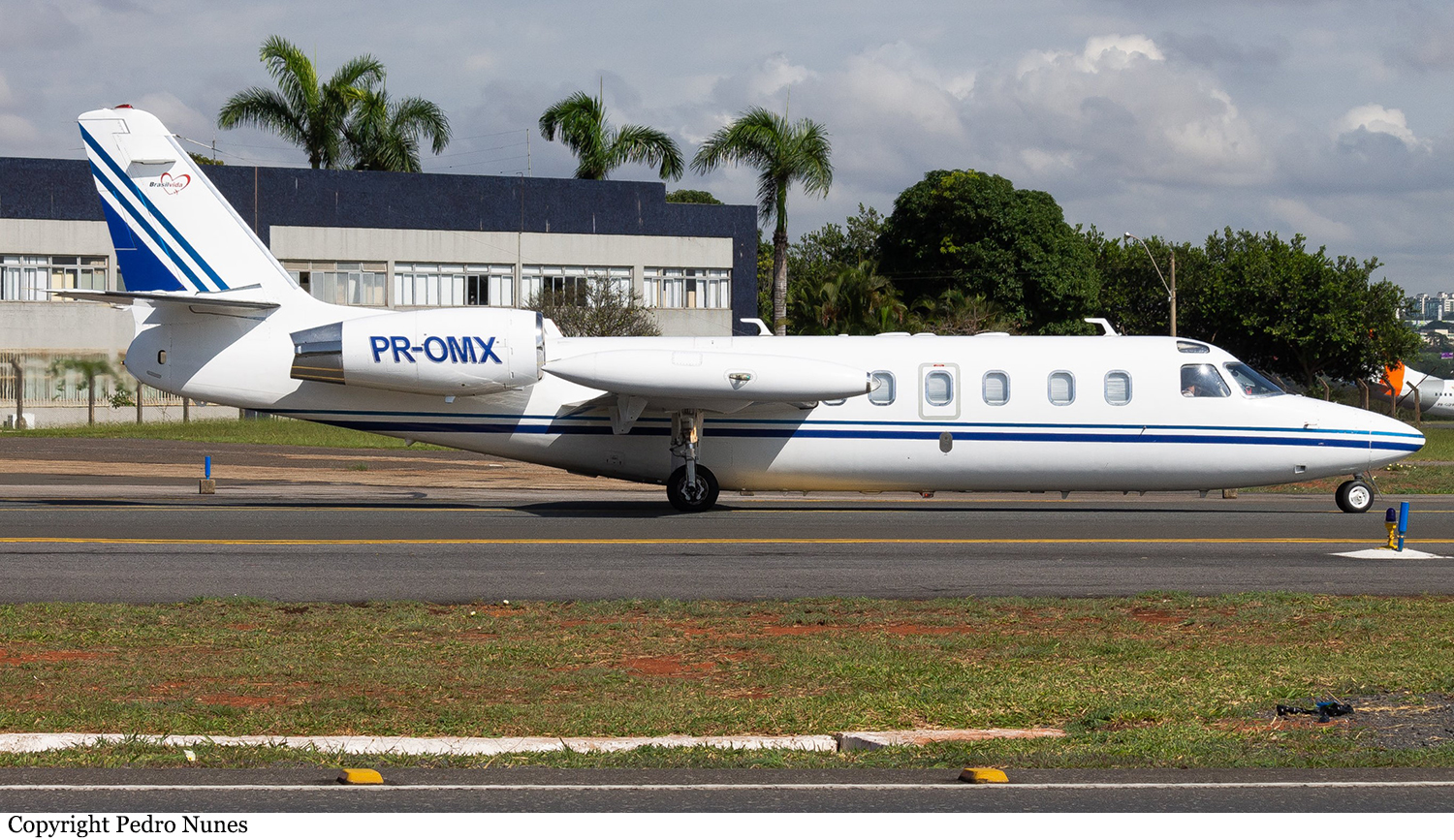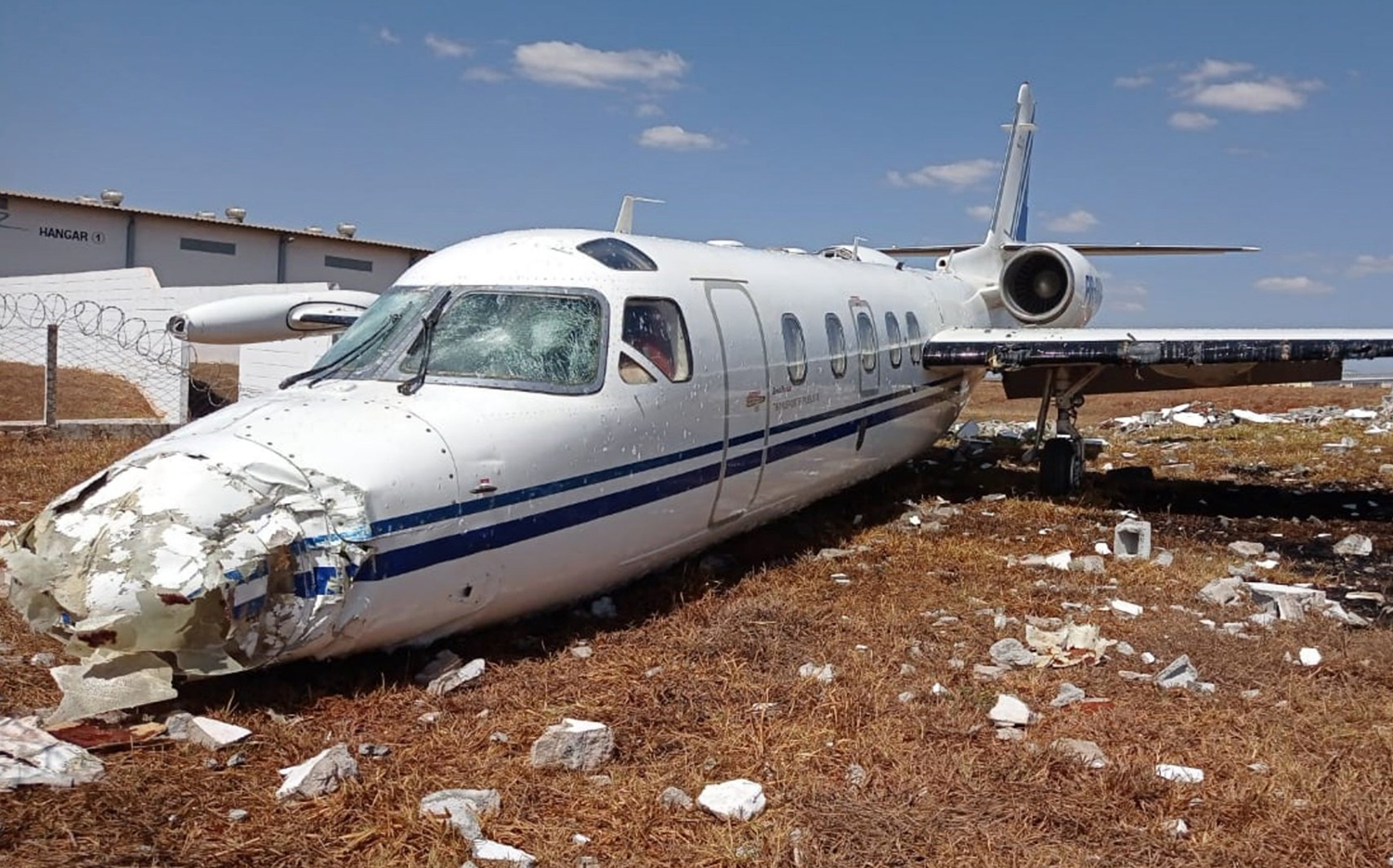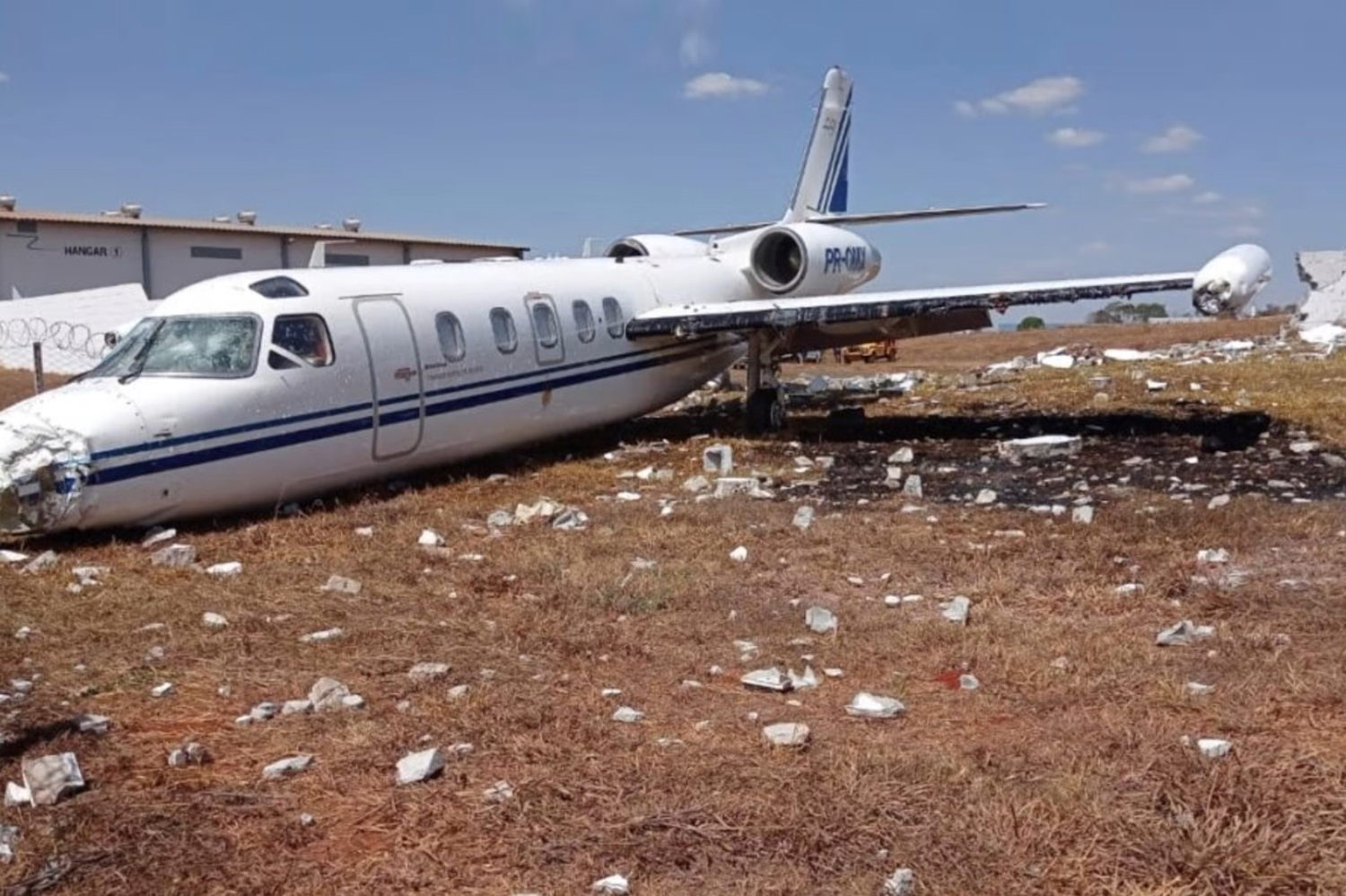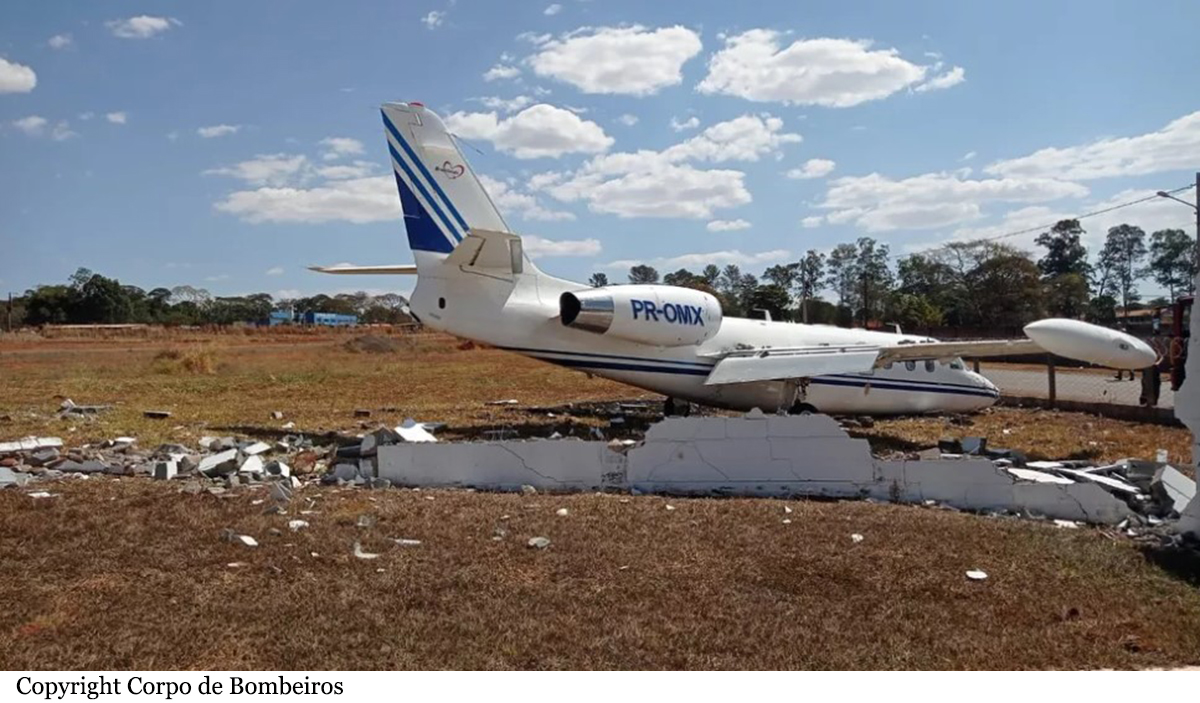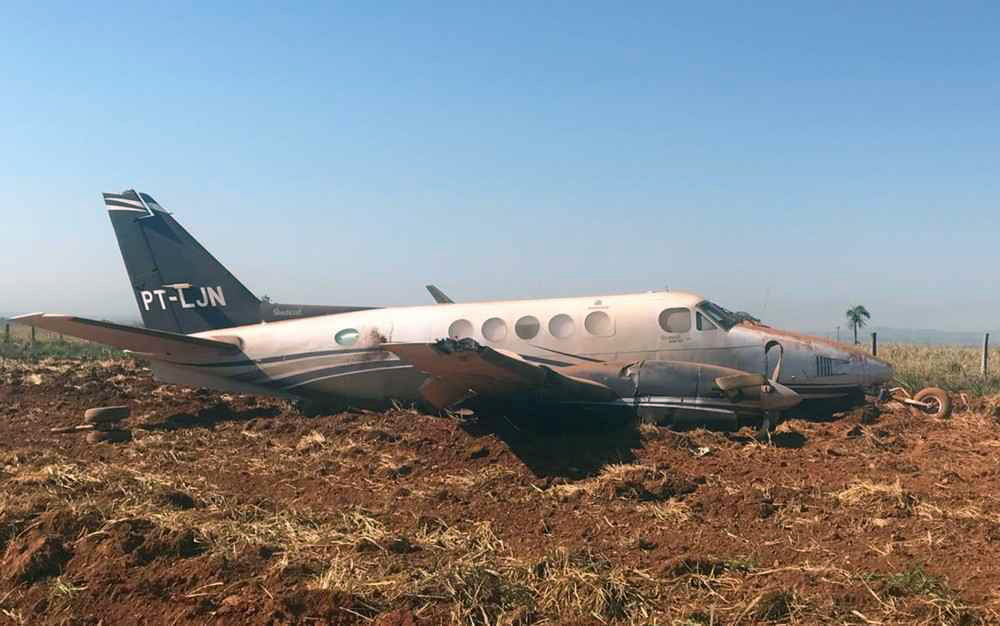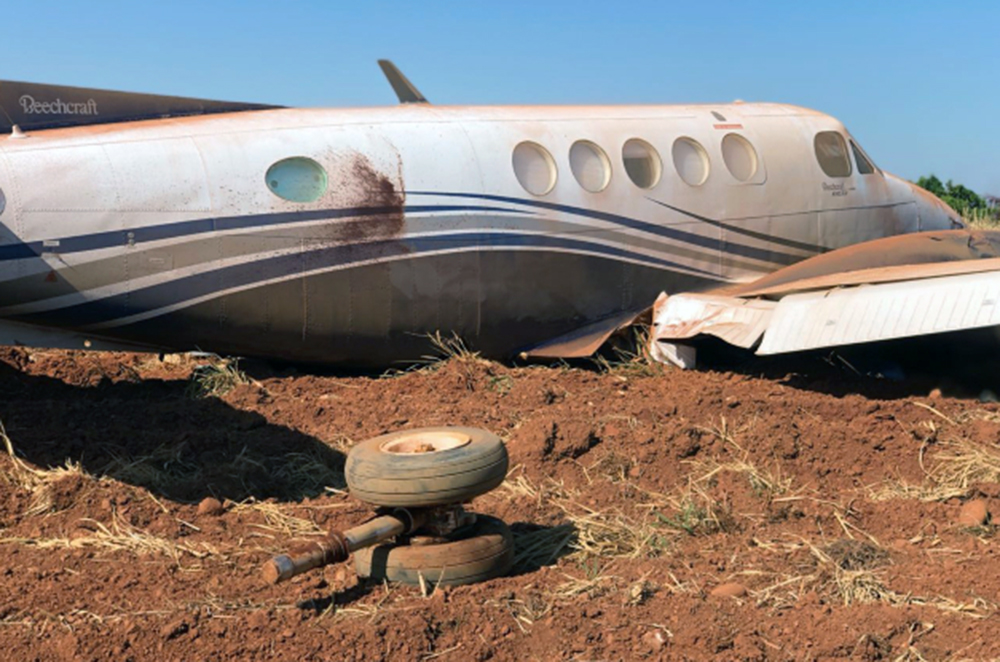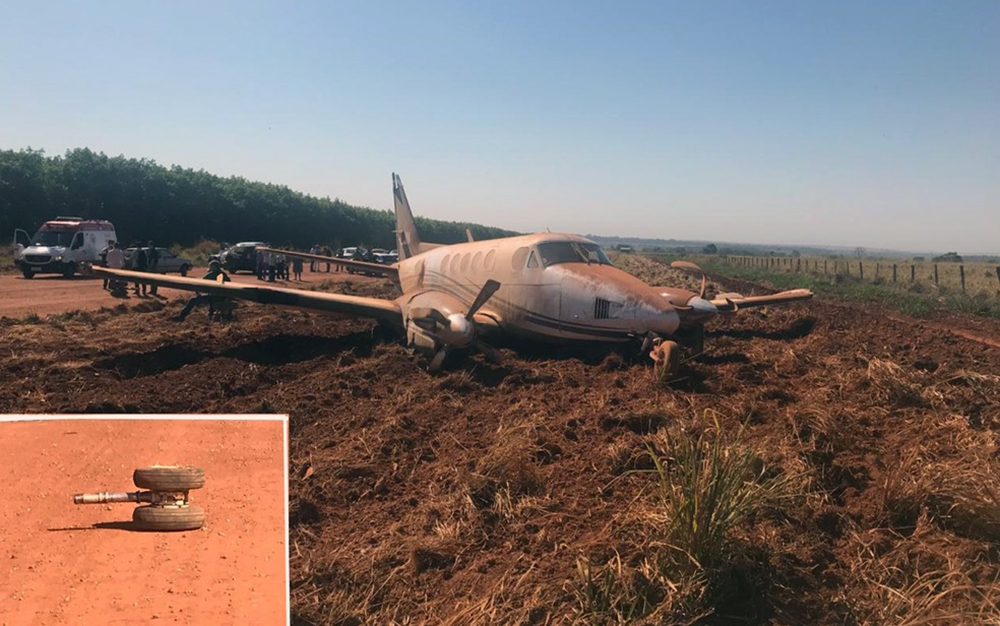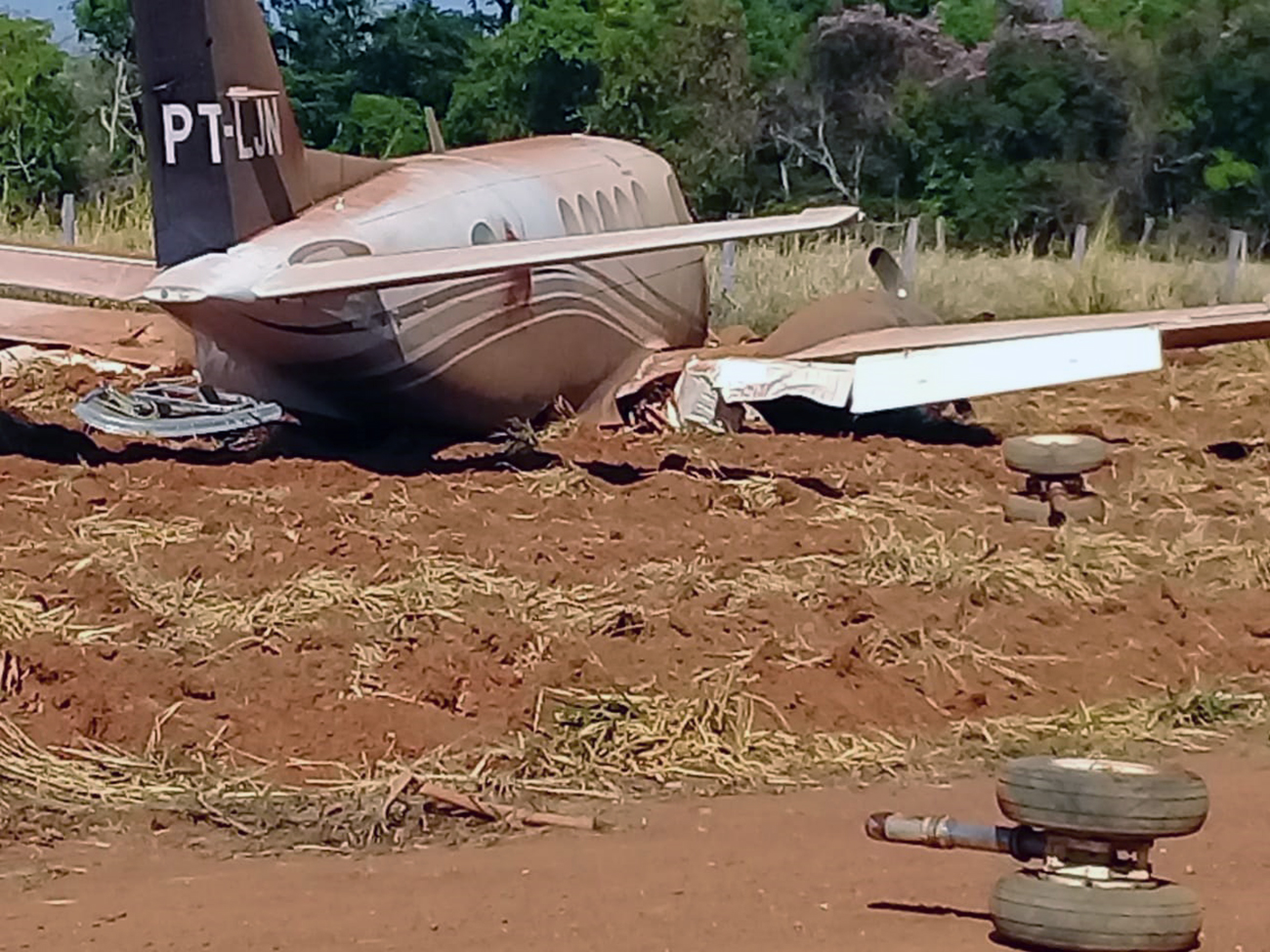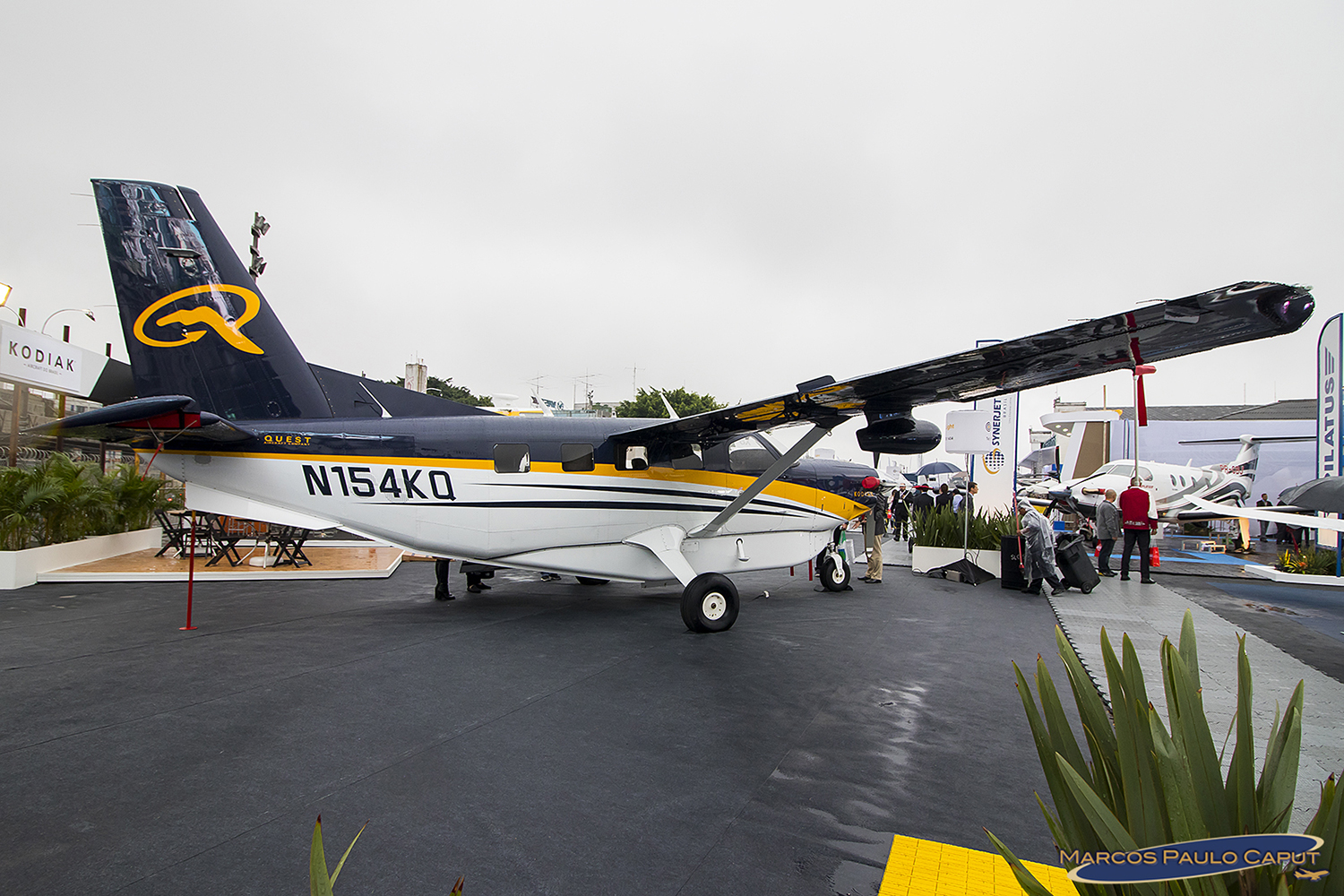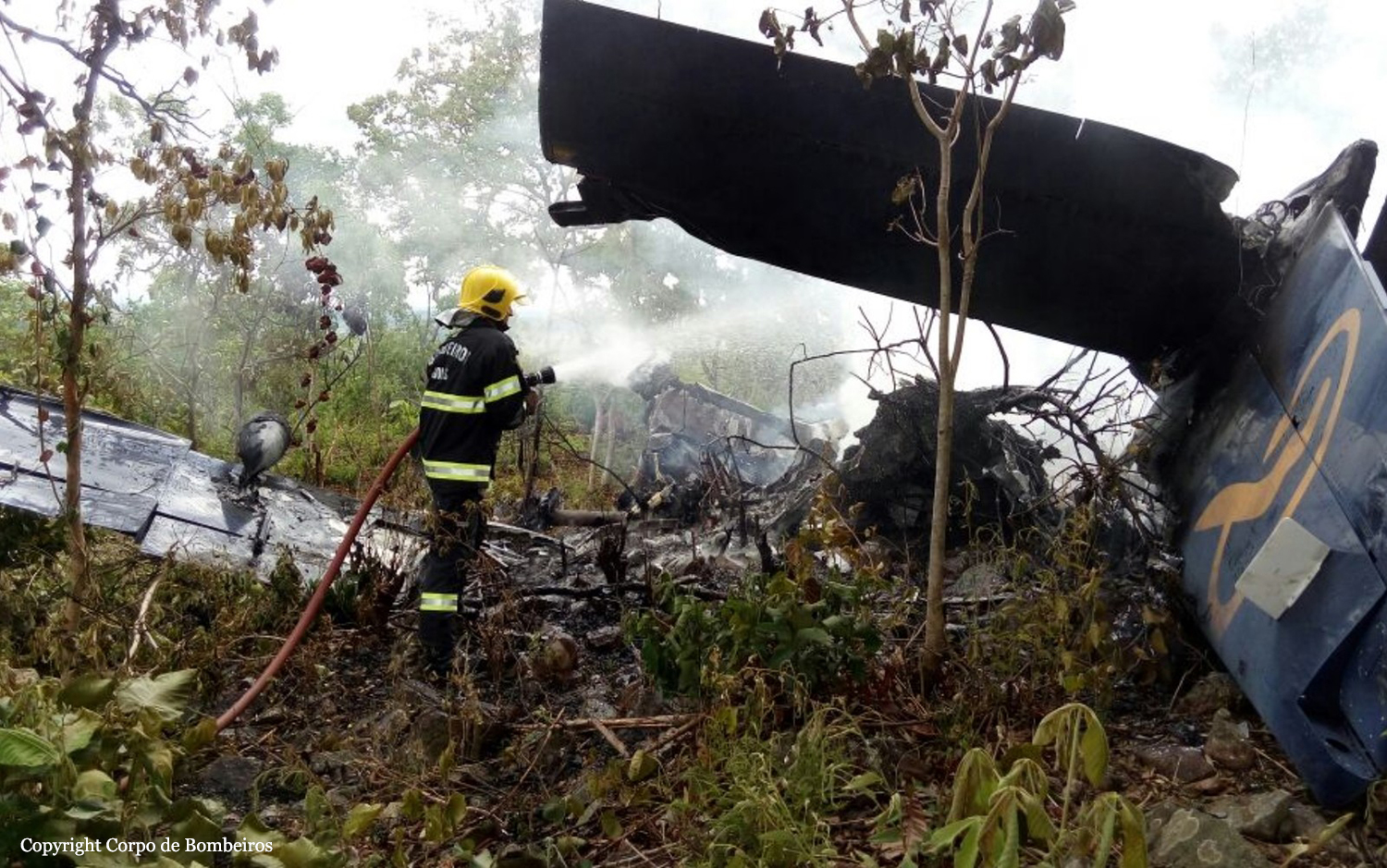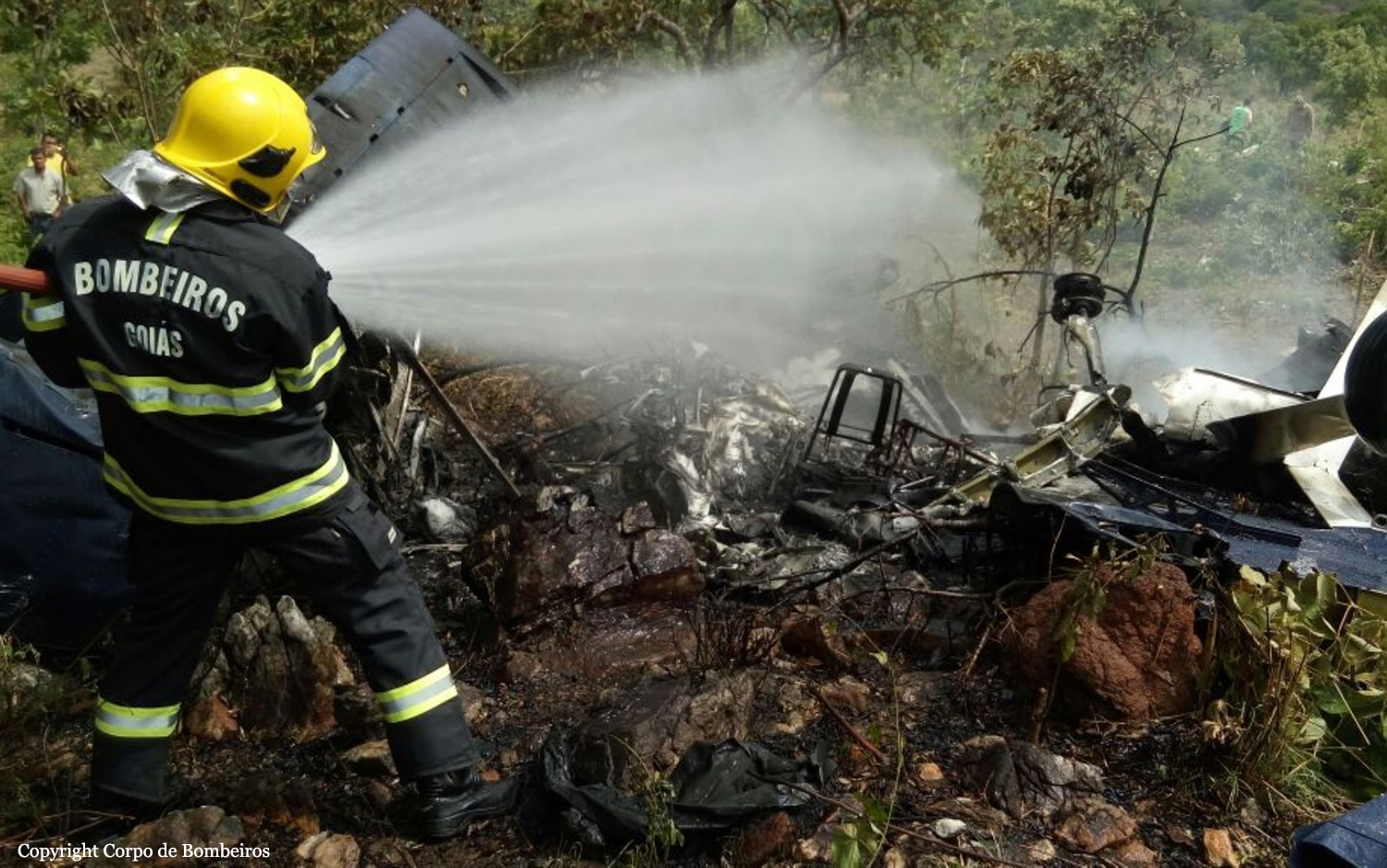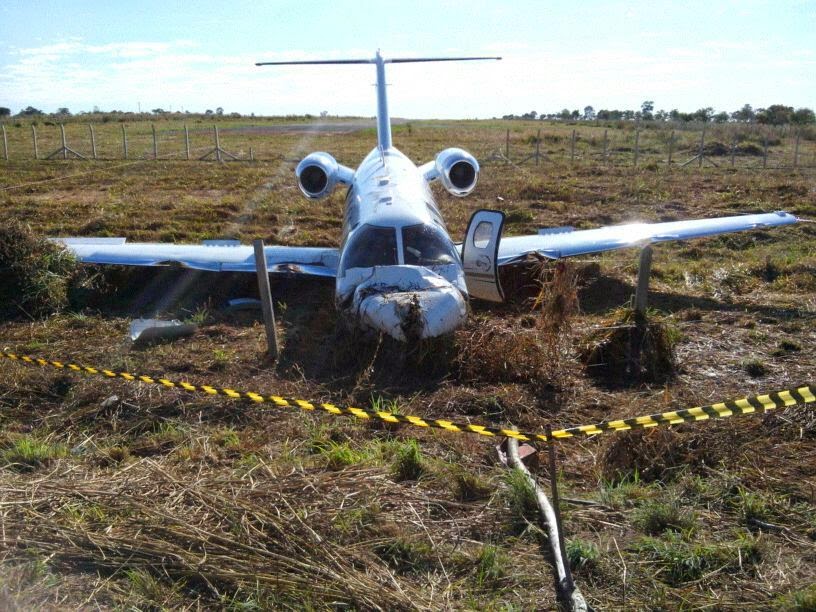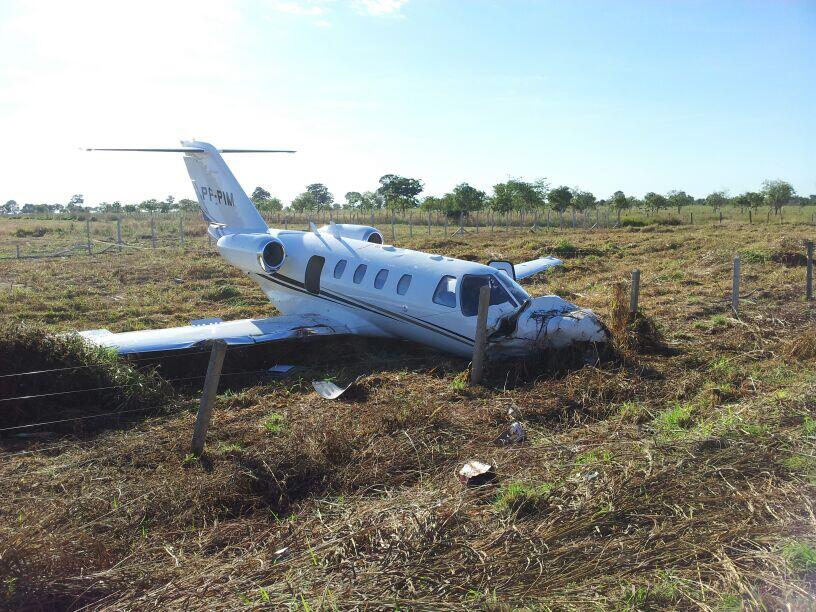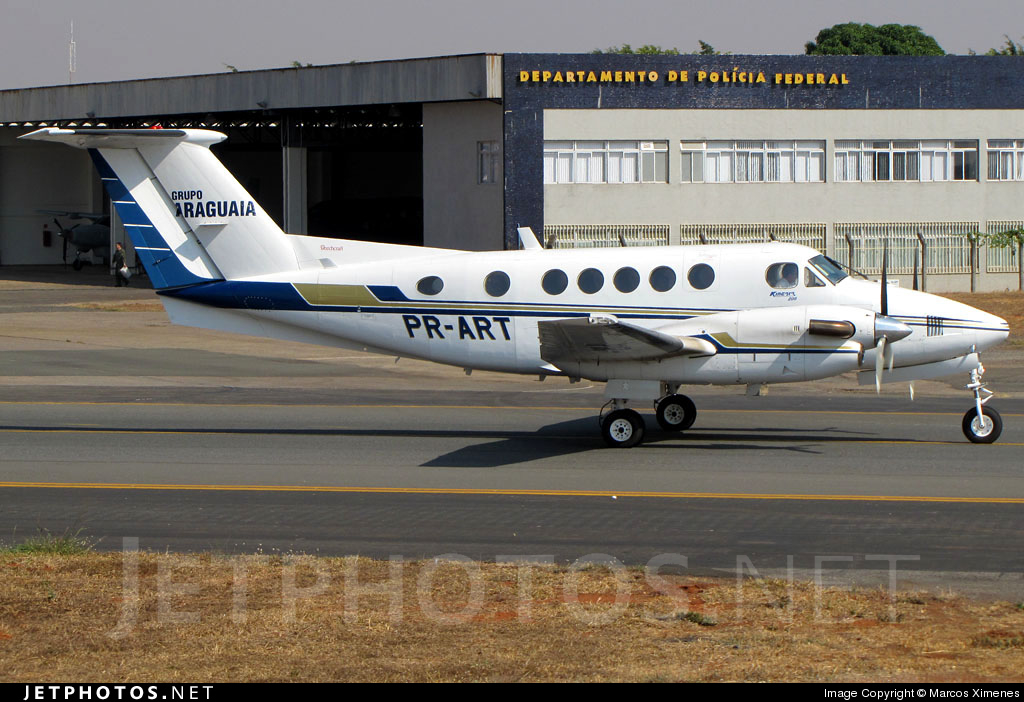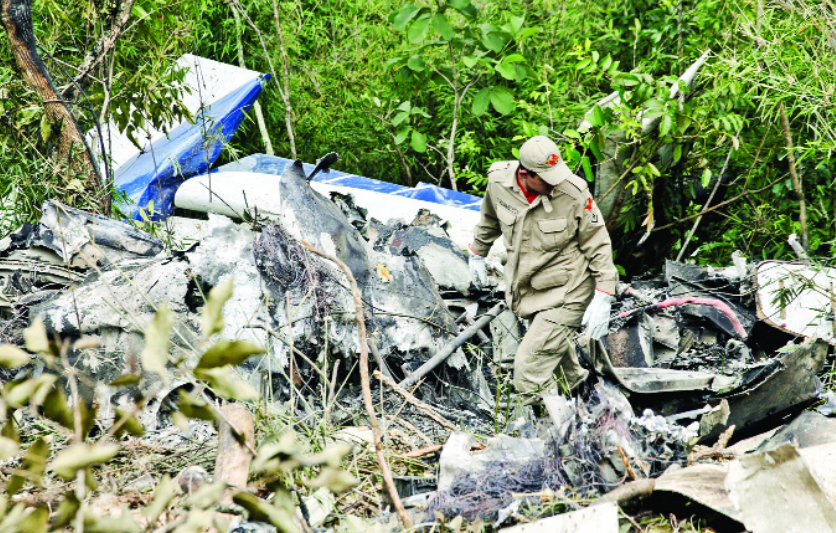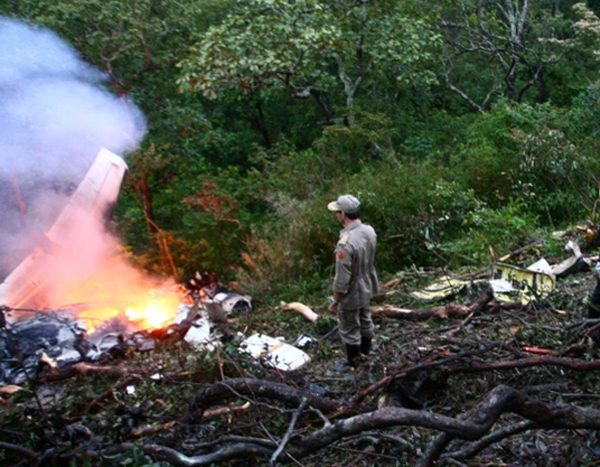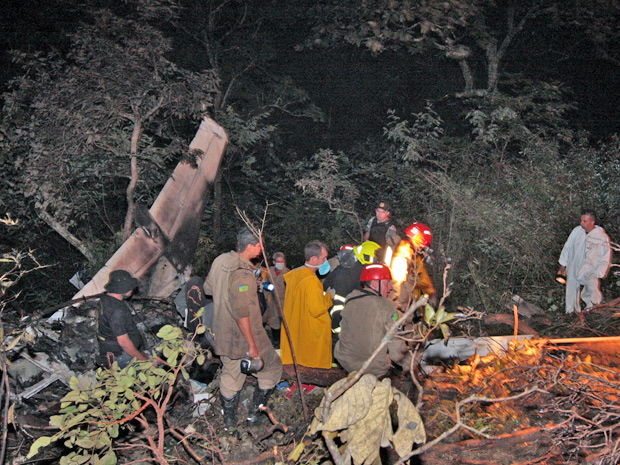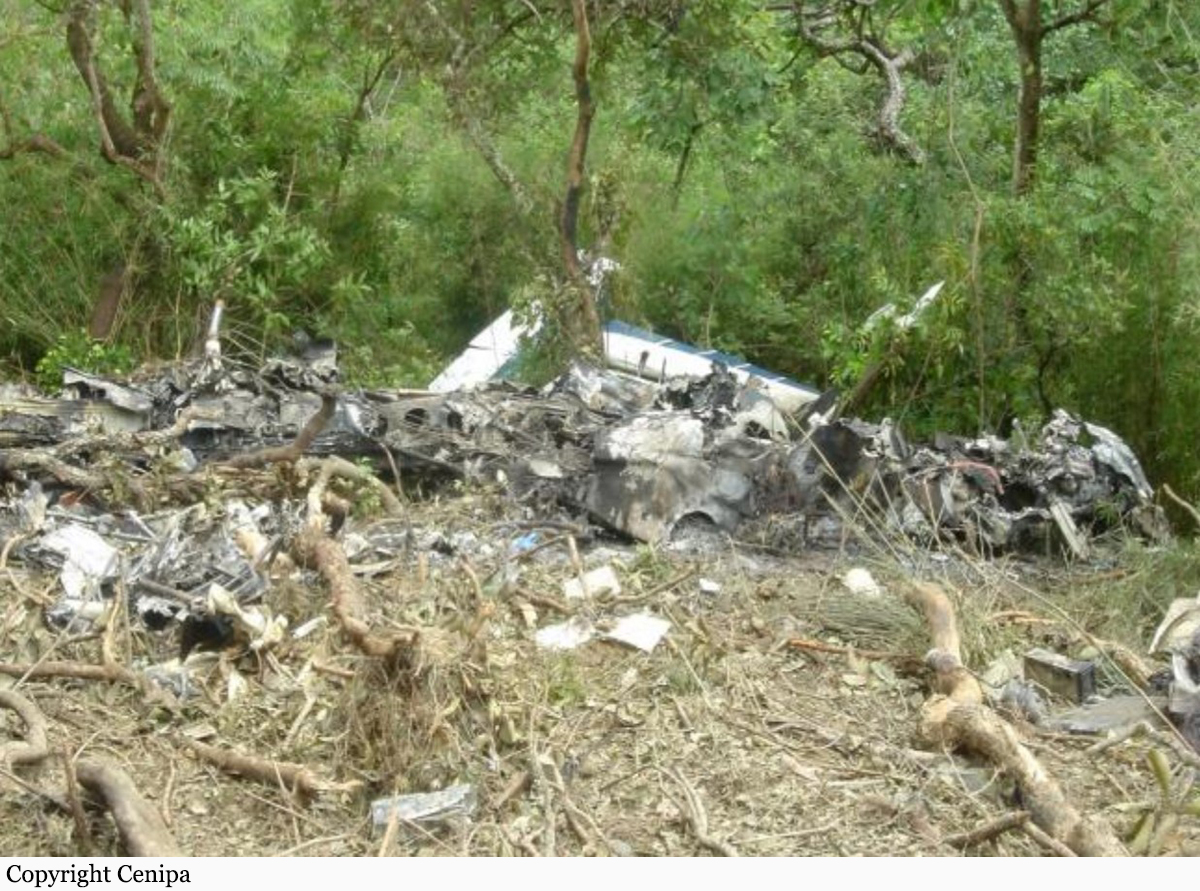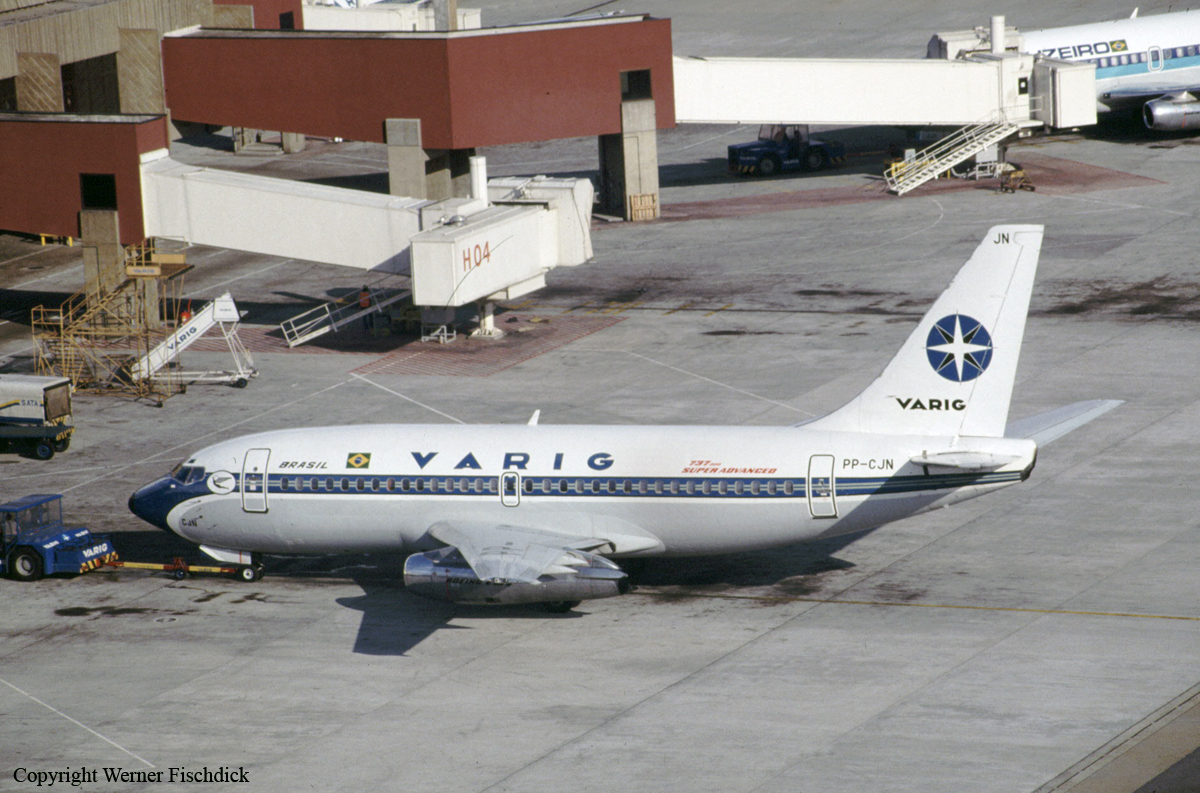Crash of a IAI 1124 Westwind in Goiânia
Date & Time:
Aug 7, 2022 at 1050 LT
Registration:
PR-OMX
Survivors:
Yes
Schedule:
Goiânia - Goiânia
MSN:
363
YOM:
1981
Crew on board:
3
Crew fatalities:
Pax on board:
0
Pax fatalities:
Other fatalities:
Total fatalities:
0
Circumstances:
The aircraft departed Goiânia-Nacional de Aviação Airport Runway 14 at 1012LT on a local test flight with three crew members on board. After reaching FL340, several tests were completed then the crew made a high speed descent before landing on runway 32. After touchdown and a course of about 700 metres, the airplane veered off runway to the right, collided with a concrete wall, lost its nose gear and came to rest near the perimeter fence. All three occupants evacuated safely.
